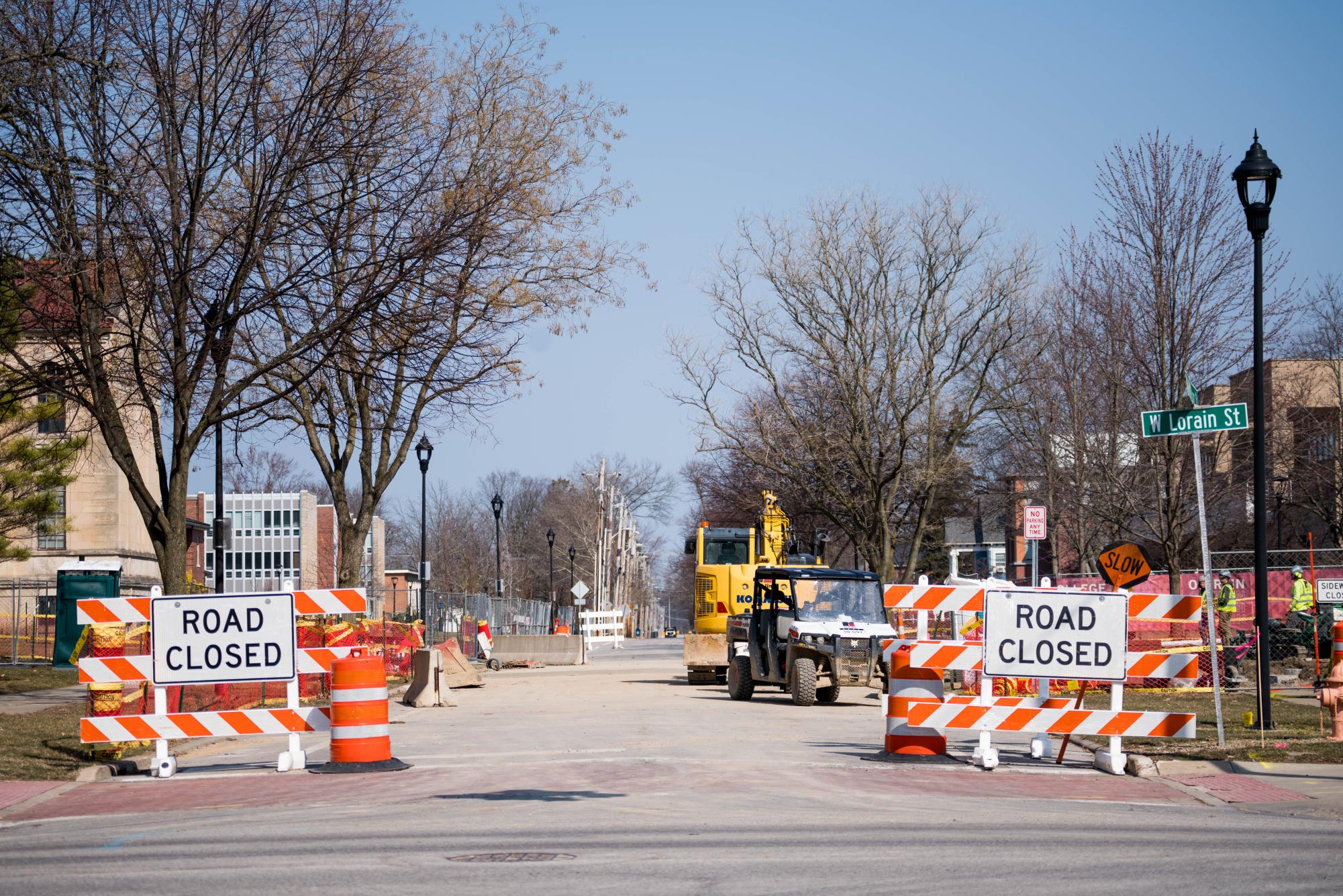I can’t shake the feeling of being buffeted by a whirlwind of transformations that have swept through Oberlin in recent years. While I believe our administrators prioritize our well-being, each new reform leaves behind a familiar bitter taste of profit-driven decision-making.
Many students, not just those at Oberlin, can empathize with this sentiment. In an editorial for FutureEd, Jeffrey Selingo discusses the increasing prevalence of for-profit partnerships in higher education, where colleges collaborate with private companies in exchange for a share of tuition revenue and business guidance.
The scrutiny surrounding these partnerships raises concerns about their impact on rising college costs. This trend, though not new, has accelerated since the onset of the COVID-19 pandemic.
The pandemic has seemingly granted colleges the leeway to adopt more flexible approaches, leading to a shift in operational mindsets post-pandemic.
I aspire for Oberlin to retain its unique character amidst a changing landscape. However, each change that adversely affects faculty, staff, and students chips away at my idealistic vision.
Arriving at Oberlin in 2021, I’ve observed extensive renovations across seven campus buildings, along with the construction of a new dorm and geothermal project. These developments have displaced student groups, classes, and communal areas, impacting the campus’s walkability.
The transition away from off-campus housing and the housing shortages have altered Oberlin’s community fabric. Additionally, changes like the online ID card system and the switch to AVI Foodsystems have stirred mixed reactions among students and workers.
The closure of beloved spots like Biggs Smoothie Bar and the Rathskeller has left a void in campus life. Furthermore, alterations to the mailroom have added to the disarray and stress among students.
The pace and scale of these changes have left many students feeling disoriented and disillusioned with the administration’s vision for Oberlin.
If you share these concerns, avenues like the AVI feedback form and Student Senate provide channels to voice your opinions and influence the direction of change at Oberlin. It’s crucial to advocate for a campus environment that aligns with the desires and needs of the student body.
